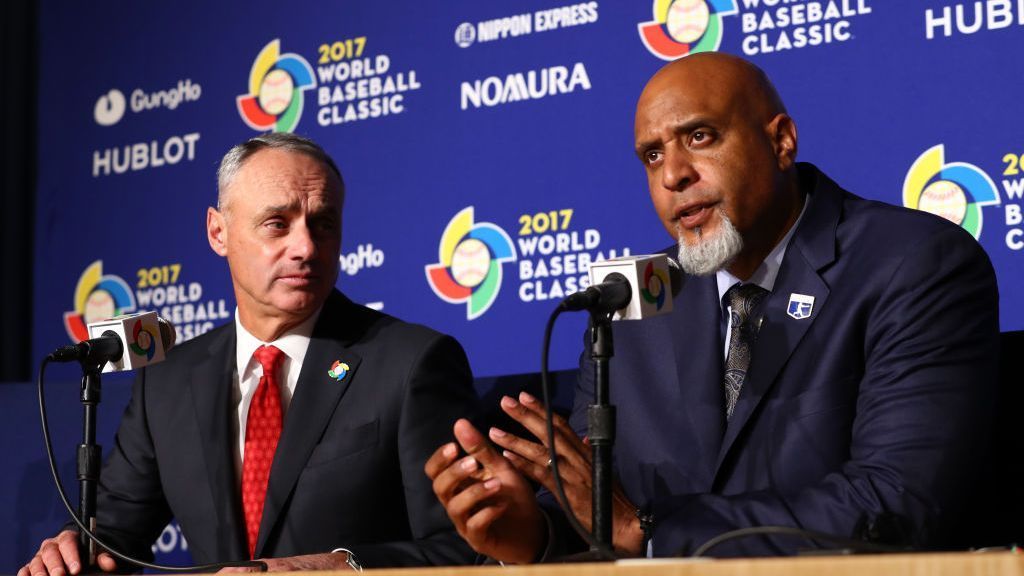If you’re old enough, remember when the belligerent relationship between Major League Baseball players and landlords led to a strike or lockout every four to five years, culminating in the depressing cancellation of the 1994 World Series. We’ve had peace since then, but that streak is about to end at 11:59 p.m. Wednesday night, when the current collective bargaining agreement expires and the owners are expected to place a lockdown on players. That means there will be no trades involving Major League Baseball players, no free agent signings, no Major League Baseball part of the winter meetings, nothing more than waiting for everything to settle before spring training.
The new collective bargaining comes at a delicate moment for sport. The league’s total revenue has declined over the past two seasons due to COVID-19 and Commissioner Rob Manfred claimed that the sport suffered an operating loss of $ 3 billion in 2020. It also reached an all-time revenue record in 2019 with more than $ 10 billion, however, and a new seven-year national television deal that takes effect by 2022 will pay an average of $ 1.84 billion per season, up from $ 1.55 billion. According to Forbes estimates, franchise values continue to rise. In 2020, Steve Cohen bought the Mets for $ 2.475 billion and John Sherman bought the Royals for $ 1 billion. Only one other computer has been sold since 2012, suggesting that not many owners are trying to get out of the baseball business.
Meanwhile, the league would like to bring the entertainment value of the product to life on the field, as players see themselves receiving a declining percentage of league revenue and fewer franchises trying to present competitive teams. Frankly, it’s hard to feel sympathy for someone here. Aaron Loup, a 10-year veteran reliever with six career saves and no seasons with 60 innings pitched since 2014, just signed a two-year, $ 17 million deal. Neither side is exactly suffering.
As we contemplate the lockout and winter of negotiations to come, it is important to know how we got here (there have been eight lockouts or player strikes) and how that history will influence what happens this winter.
.
We wish to thank the author of this write-up for this incredible content
A brief history of major league work stoppages

